Just guessing, but those 200Mp might be pretty useful for low-light photography. If you are 'condensing down to 12MP', you can 'bin' pixels (average the signal around the pixel that you're interested in) - this would be noise-cancelling for CCD's at the extreme end of their sensitivity.🙄 200? What're they needing to take pictures for, a billboard?
Completely unnecessary. It's just gonna be condensed down to 12 MP.
Got a tip for us?
Let us know
Become a MacRumors Supporter for $50/year with no ads, ability to filter front page stories, and private forums.
Samsung Announces New Galaxy S23 Ultra With 200-Megapixel Camera
- Thread starter MacRumors
- Start date
- Sort by reaction score
You are using an out of date browser. It may not display this or other websites correctly.
You should upgrade or use an alternative browser.
You should upgrade or use an alternative browser.
Pretty soon there will be no place to put your fingers on the back when taking a picture with all those camera lenses all over the surface!
Dude, everyone I know who takes pictures at night uses the flash. I get it, they want that DSLR money, but the only people using the feature are YouTubers.Just guessing, but those 200Mp might be pretty useful for low-light photography. If you are 'condensing down to 12MP', you can 'bin' pixels (average the signal around the pixel that you're interested in) - this would be noise-cancelling for CCD's at the extreme end of their sensitivity.
And 200 MP is complete overkill. You're looking at over saturation issues
5 months? They're laggy and slow out of the box.Every samsung Android phone I've used ends up getting laggy and slow after 5 months. Why is that?
Funny. I'm still using a 7.1MP digicam that produce more natural photos than some of these phone cameras. Not this Samsung I assume, but some of them are just front-page specs and suck otherwise. There is simply no need for this high of a resolution at this time. It's all in the computational photography for these phones. Almost every social media scales down to less than 4MP and unless you're printing a banner or billboard this is completely absurd.
I don't know how "funny" that is. Large lenses have huge advantages. We can't put large lenses on smartphones. Leading smartphone cameras are impressive because they've been able to find ways to take fantastic good enough pictures, while not (terribly) compromising the smartphone design itself.Funny. I'm still using a 7.1MP digicam that produce more natural photos than some of these phone cameras. Not this Samsung I assume, but some of them are just front-page specs and suck otherwise. There is simply no need for this high of a resolution at this time. It's all in the computational photography for these phones. Almost every social media scales down to less than 4MP and unless you're printing a banner or billboard this is completely absurd.
Boilerplate: Competition is good; great that it's in the high-end/flagship tier where the innovation is at.
My standard comment: I am NOT paying $1,200 for a smartphone. I've barely warmed up to a $500 smartphone (and that was only after applying a $100 off discount). Only difference this time around is I know I want to put a case on it since I've never had phones cost this much before (previously, they set me back $350, $200, and $100).
My standard comment: I am NOT paying $1,200 for a smartphone. I've barely warmed up to a $500 smartphone (and that was only after applying a $100 off discount). Only difference this time around is I know I want to put a case on it since I've never had phones cost this much before (previously, they set me back $350, $200, and $100).
Last edited:
If it wasn't for the fact that 99% of my friends and family have iPhones, I would get this phone. Facetime and iMessage unfortunately have me locked into Apples ecosystem. I wihs it weren't like this.
Samsung today announced the launch of its latest flagship smartphones, the 6.1-inch Galaxy S23, the 6.6-inch Galaxy S23+, and the 6.8-inch Galaxy S23 Ultra.
All three devices feature AMOLED displays with 120Hz refresh rates, and the Ultra has an edge-to-edge display similar to prior-generation models. The Galaxy S23 Ultra is equipped with a new 200-megapixel wide-angle camera, while the other two models use 50-megapixel cameras. There is also a 10-megapixel zoom camera, 12-megapixel ultra wide camera, and 12-megapixel front-facing selfie camera on each device.
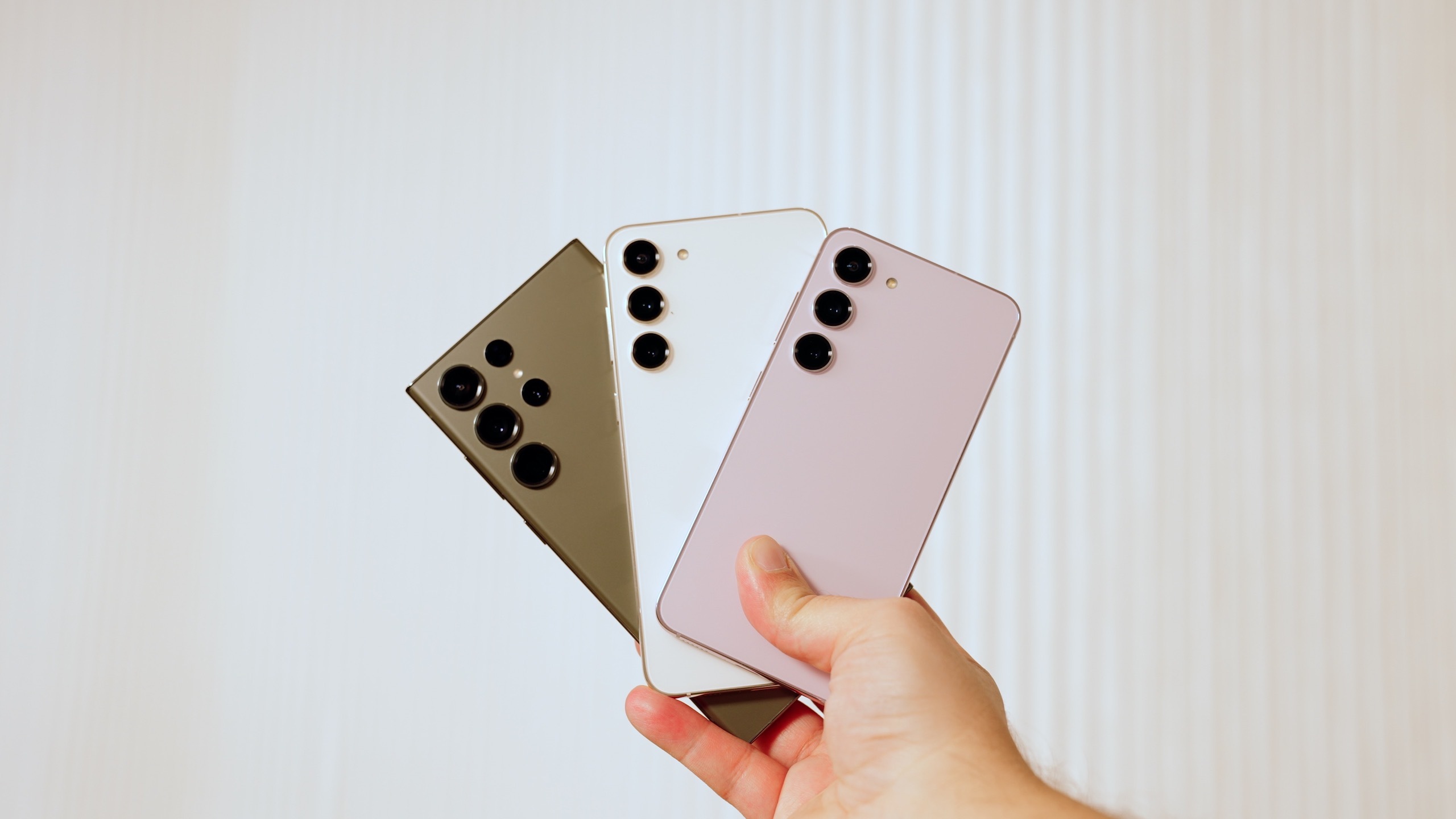
At 200 megapixels, the S23 Ultra surpasses the 48-megapixel camera in Apple's iPhone 14 Pro models, and it supports 8K video capture. As with the Galaxy S22 Ultra, the S23 Ultra includes 10x optical zoom through periscope lens technology, which Apple is rumored to be implementing with the iPhone 15 lineup.
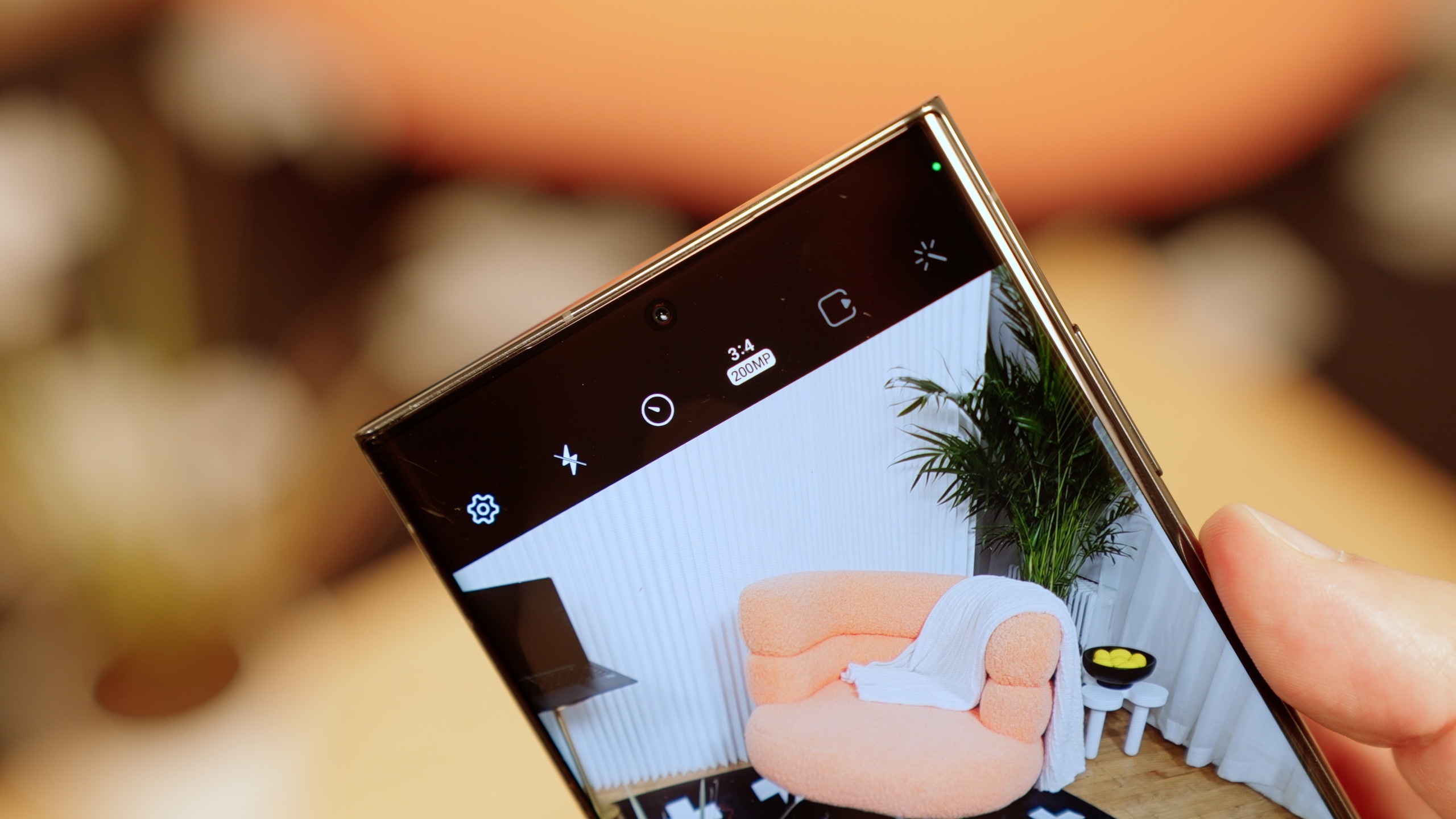
Samsung says that the camera in the Ultra is tailored for "nearly any lighting conditions," and is designed to provide "incredible detail." Nightography has been improved for sharper images and videos that have less noise in low-light conditions, and there is a new image signal processing algorithm that enhances color and detail.
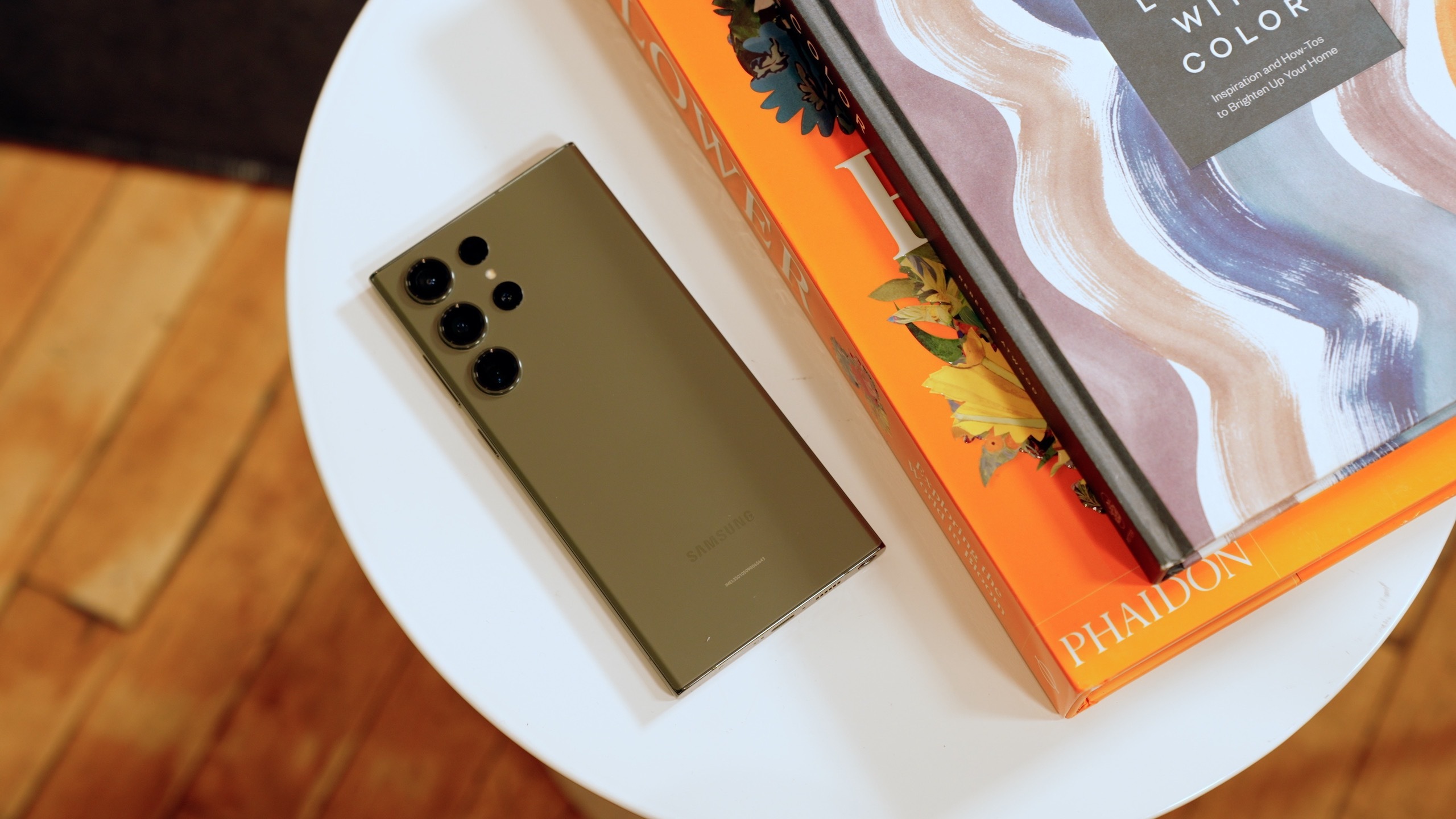
The selfie camera on the device includes fast autofocus, with Samsung referring to it as a "Super HDR selfie camera" with 60 frames per second video recording. Other camera features include doubled optical image stabilization, 360 audio recording, and object-based AI that analyzes each detail in a frame to "carefully reflect a person's dynamic characteristics.
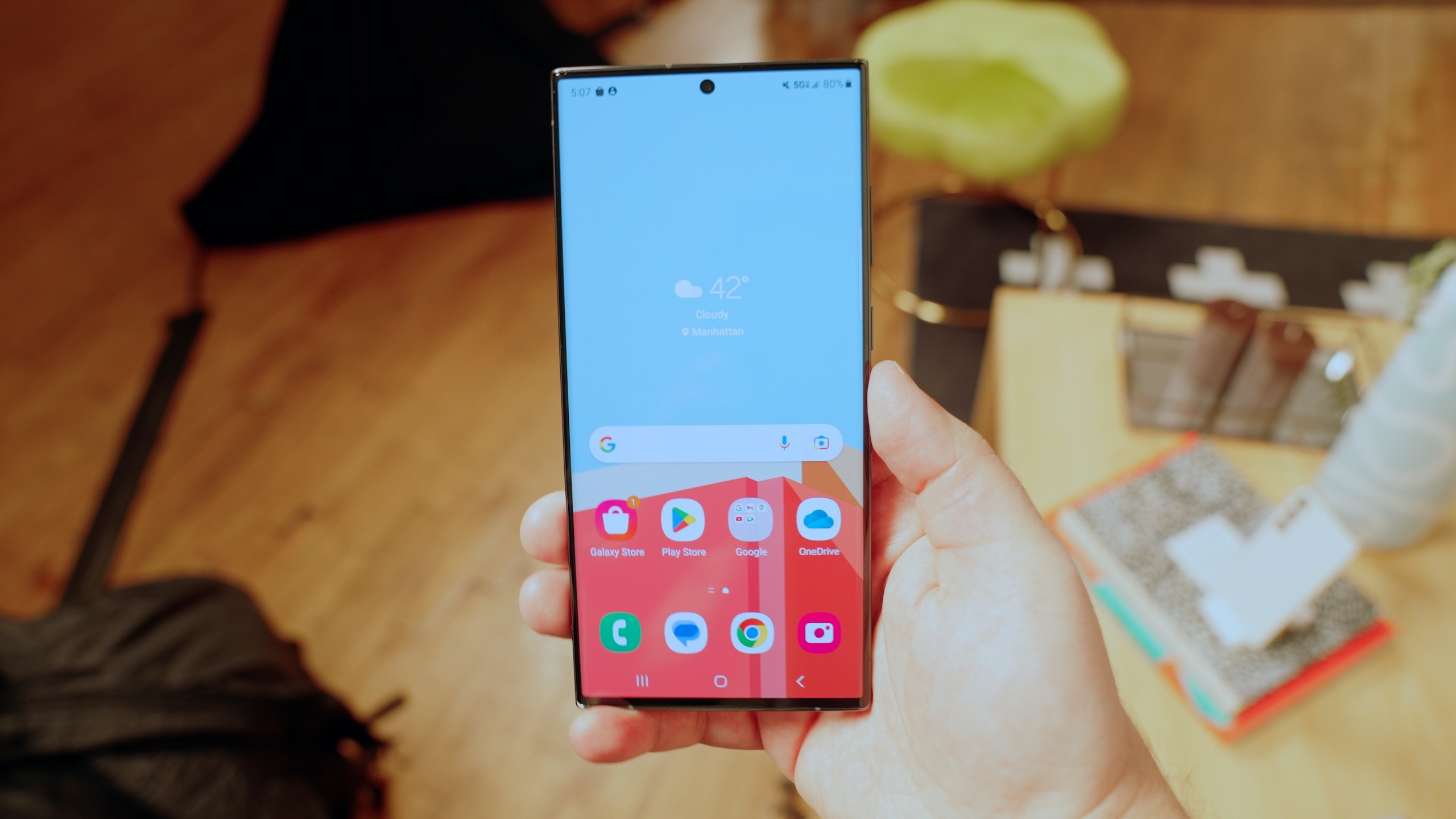
Up to 1TB of storage is available, and the battery in the S23 Ultra comes in at 5,000mAh. Other Galaxy S23 Ultra features include IP68 water resistance, Gorilla Glass Victus 2 for the display, an accompanying S Pen, Wi-Fi 6E support, a fingerprint sensor, and facial recognition.
The smartphones use the Snapdragon 8 Gen 2 Mobile Platform from Qualcomm, which means they will be compatible with the satellite connectivity feature that Qualcomm announced last year.
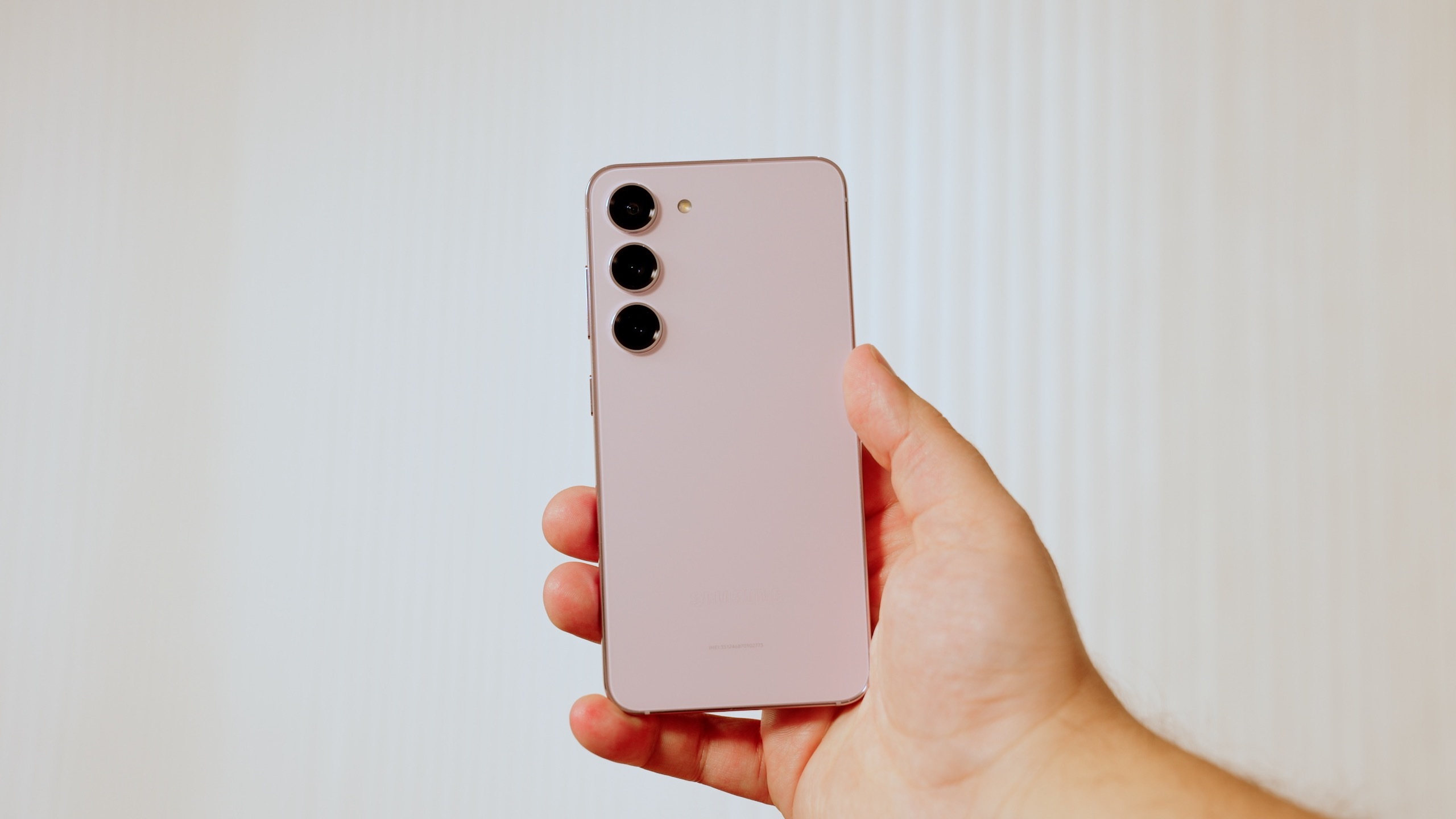
Colors this year include Phantom Black, Cream, Green, and Lavender, with pre-orders available on Samsung's website, with Samsung offering free storage upgrades and bonus Samsung Credit for use on additional purchases for those who pre-order. Best Buy is also offering special carrier promotions on the new phones.
Pricing on the S23 Ultra starts at $1,200, pricing on the S23+ starts at $1,000, and pricing on the S23 starts at $800.
Note: MacRumors is an affiliate partner with Samsung and Best Buy. When you click a link and make a purchase, we may receive a small payment, which helps us keep the site running.
Article Link: Samsung Announces New Galaxy S23 Ultra With 200-Megapixel Camera
That's cool. You know, Samsung delivers "great hardware," but that tells you they know the OS is crap. 🙃
Can't wait to see the size of those photo and video files. Transferring them is going to be a b
It's a matter of scale. I never dismissed large lenses nor the benefits of giving them more megapixels, but we are talking lenses 1/4 or less the size of a camera that deserves a similar fraction of megapixels.I don't know how "funny" that is. Large lenses have huge advantages. We can't put large lenses on smartphones. Leading smartphone cameras are impressive because they've been able to find ways to take fantastic good enough pictures, while not (terribly) compromising the smartphone design itself.
Agreed. However, I suspect it's like the case study with irons... companies and marketing discovered that even though the number of holes an iron has doesn't make an iron perform better, the consumer market somehow thought that was the case. Consumers thought it'll be better at ironing your cloths, so they followed the trend, making and marketing new models with more and more holes. Here, MP aren't "all that". However, even to this day, it still falls into the "it's asinine but works" category. FWIW, Apple still does this too. I question how many consumers really know what the heck "Dolby Video" is, or if their new iPhone being twice as fast would be something they really notice. However, again, it seems to work [shrug]So silly it’s impossible to get 200mp from a camera phone lens the higher mp doesn’t mean better quality I am a photographer and my dslr is 22 and has a huge sensor
The photon collection points are so small that the quality of each would likely be terrible. Just a marketing number for gullible people.
Uh, no. I don't take a lot of low light pictures because they all suck anyway, but when I have to I let Night Mode do its thing. I don't like the way night photos with flash look at all.Dude, everyone I know who takes pictures at night uses the flash. I get it, they want that DSLR money, but the only people using the feature are YouTubers.
And 200 MP is complete overkill. You're looking at over saturation issues
I mean they're not transferring over lightning w/ USB 2 speeds. These have USB-C 3.2, so it'll be a breeze to transfer files compared to iPhones.Can't wait to see the size of those photo and video files. Transferring them is going to be a b
They do and so does Apple and everybody else. There might be something there Perhaps the advent of computational photography? Ever heard about it?I’m sure it’s a decent phone but is Samsung really still doing the “MORE MEGAPIXELS!!” nonsense? Is it 2010?
Well, seemingly that's the only iPhone "advantage" its owners can claim now.imagine paying $1000+ to be a green bubble
The conventional wisdom used to be it's better to have fewer, larger pixels to reduce noise, especially at low light levels. What are the tradeoffs between that approach and having more pixels and using oversampling?Was it nonsense also when apple released their 48 Mpixel camera iPhone? These cameras are not meant to produce a 48 (or 200) megapixel output, but to over sample so the output 12 mega (or whatever) picture is less noisy.
True. I've used the 48mp RAW on my 14pro several times and it's a bit of an improvement, but zooming in you still get a lot of smudgy modeling that a good large sensor on DSLR with fewer megapixels doesn't produce.More doesn't always mean better but Pixel Wars make for good marketing.
There is so much more to quality image capture such as optics, sensor noise, and dynamic range.
Having said that I'm curious to see the results from this phone/camera.
200 MP is a huge gimmick...
Looks like Apple is no longer "Almost there"

iPhones still have the better camera lol.
Looks like Apple is no longer "Almost there"
iPhones still have the better camera lol.
Register on MacRumors! This sidebar will go away, and you'll see fewer ads.


